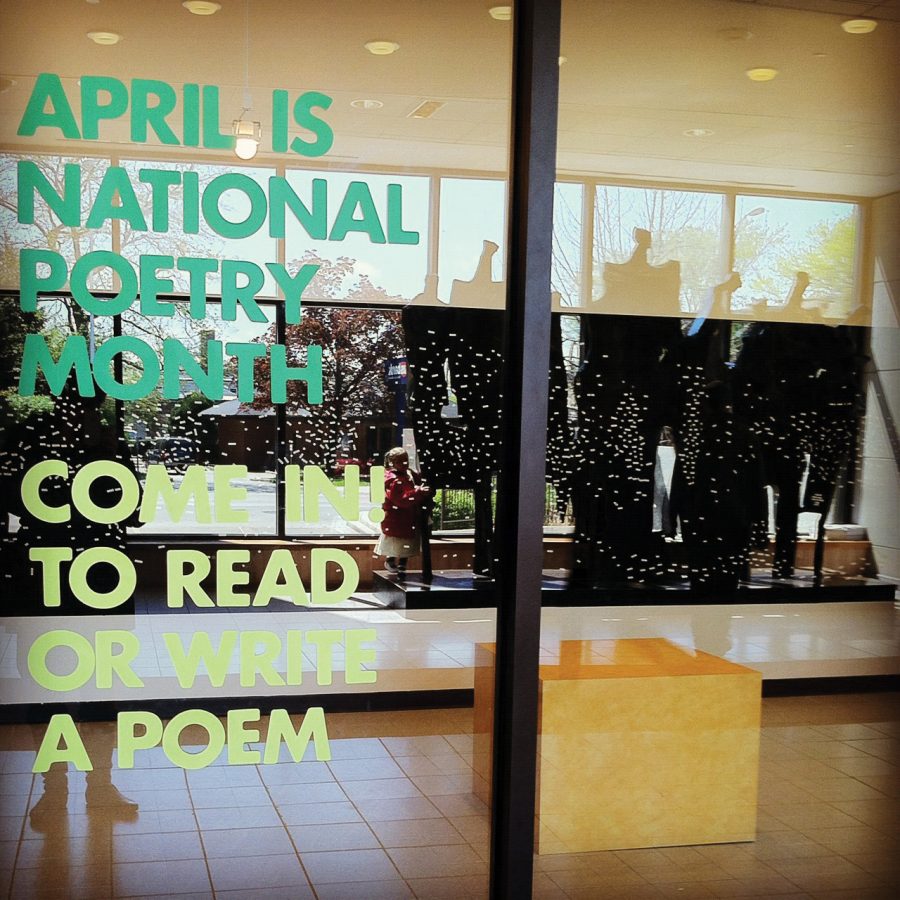It all started with various strands of inspiration.
The interactive art installation named “Welcoming the Stranger” was created by artist Jo Israelson as the result of an open space for an art show and researching an immigration station.
When Israelson visited the Maine Jewish Museum with her mother, the curator agreed to let Israelson hold a show in an available space.
She also was motivated by an immigration station on House Island, the island adjacent to where she lives in Maine. After thorough research, Israelson decided that the focus of her exhibit would be on the immigrant experience.
A third string of inspiration were cab drivers.
“The cab driver population in Portland now is predominantly immigrant-based,” said artist Jo Israelson. “So I always ask my cab drivers: what were you before you came to America? And why are you here? Most of the answers I got were ‘I was a lawyer’ or ‘I was a teacher.’ And they consistently said, ‘I wanted a better life for my children.’”
Using these influences, combined with the parable of Abraham welcoming strangers as neighbors into his tent, Israelson crafted an engaging exhibit that kindles a deeper look into the immigrant experience.
The process of bringing the exhibit to Guilford College took about a year. Israelson first contacted Guilford during fall of 2015, sending information about the exhibit.
“She … told me that she was a Quaker artist, and that piqued my interest as well,” said Founding Director and Curator of the Guilford Art Gallery Terry Hammond ’81. “I was interested in the exhibit’s focus on immigration because at the same time Guilford’s Every Campus a Refuge project was just starting up.”
Every Campus a Refuge is a program that encourages college campuses worldwide to host refugee families. The movement was initiated by Associate Professor of English Diya Abdo and the Center for Principled Problem Solving at Guilford College. The College has hosted one Ugandan and two Syrian families on campus so far.
“(Every Campus a Refuge) was one of the factors that made having the installation at Guilford make sense and resonate with what our campus was already doing and engaging in,” said Abdo in an email interview with The Guilfordian. “Like (Every Campus a Refuge), the installation affirms the concept of ‘radical hospitality’— welcoming the ‘stranger’ into our very house.”
The Every Campus a Refuge program and “Welcoming the Stranger” exhibit complement each other elegantly by integrating social change and art.
“The central message is to welcome everybody the same way you would welcome someone you know,” said first-year Hannah Wilsey who helped with the installation in Hege library. “Guilford opens its arms to refugees from war countries, so the display has the same central idea that Guilford has.”
The exhibit invites visitors to participate with two chalkboards bearing the question “How Do You Welcome the Stranger?” Students can anonymously share how they would welcome a stranger. Common answers included “with kindness” and “invite her/him to share a meal.”
“I think with an open heart, an open mind, with humility and respect,” said Hammond on how she would welcome a stranger.
“Food is a recurring theme on the blackboards. I think when you share a meal with someone, a basic human need is met, and there’s an opportunity to connect (with them) and break down some barriers.”
The installation also features baskets of colorful fabric used to weave the Journey Looms. These looms develop a sense of community as beginners and experts alike can contribute to the weavings.
Finished Journey Loom Weavings are displayed and can be purchased to benefit the FaithAction International House Stranger to Neighbor Initiative. This initiative works to develop an accepting community, one that embraces diversity.
The story of Abraham welcoming strangers into his tent can be read in the sacred texts of Christianity, Islam and Judaism. According to these texts, Abraham’s tent was open on all four sides to indicate that people would be welcomed from any direction.
In the exhibit, a 50-foot-long weaving hangs from the ceiling to symbolize Abraham’s tent. The surrounding area of the library’s center atrium, similar to the story, remains open as an invitation for students to visit and participate in the interactive components.
Visit “Welcoming the Stranger” on the first floor of Hege Library to engage in community art and learn about the immigrant experience.
“If you weave together individual strands of skills and knowledge and backgrounds, it creates a stronger fabric for community,” Israelson said.











Jo Israelson • Oct 2, 2016 at 2:10 pm
Thank you so much for capturing the process and concepts behind the Welcoming the Stranger artwork.